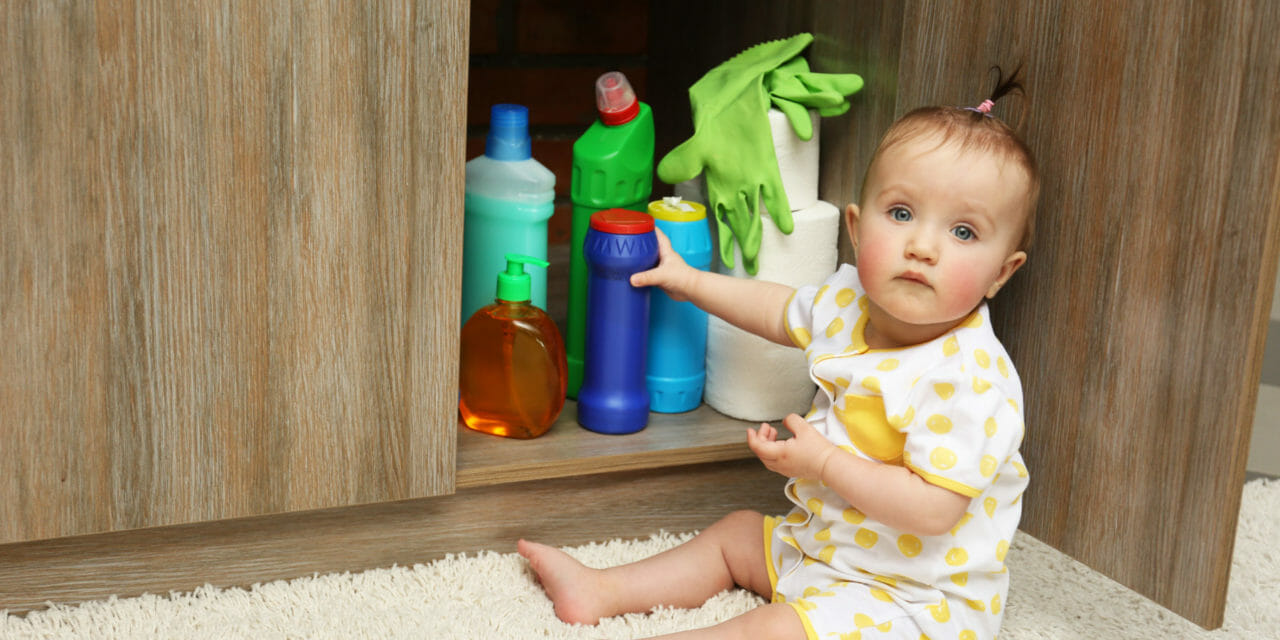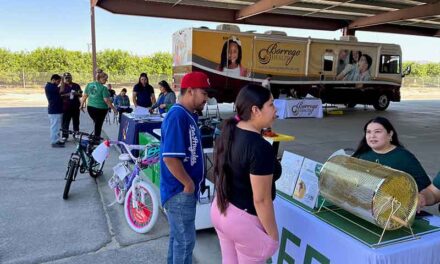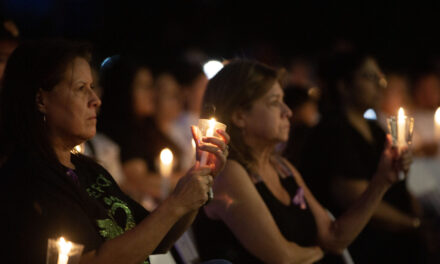PALM DESERT — Unintentional injury is the leading cause of death for toddlers, children, and adolescents. Some of the most common unintentional injuries that result in mortality for children include burns, drowning, falling, poisoning, and road traffic.
The month of June is recognized as National Safety Month, a month dedicated to raising awareness about ways to reduce the risk of injury. Considering that unintentional injury is the leading cause of death among toddlers, children, and adolescents, safety is an important topic to pay close attention to.
Given that the consequences of child injuries can be devastating, yet are sometimes preventable, it is worthwhile to review some of the settings that these injuries occur. according to Health Assessment and Research for Communities.
Safety in the Home
Children, especially young children, spend a lot of their time inside the home. As such, parents should closely examine their home so that injuries such as falls, bruises, and even electrocution, can be prevented.
First, children often fall in the home by tripping over toys and household items. Parents can minimize the risk of a fall by clearing clutter from walkways and stair areas. Another way to prevent falls is to have designated areas for children to play and designated areas for toys to be placed. Stairways also present an opportunity for danger. Roughly 75.9% (23,880) of children in the Coachella Valley, age 5 and younger, live in a home without gated stairways—placing a protective gate at the bottom and top of a stairway would significantly reduce the risk of a serious fall.
Other ways parents can make the home safe is to cover power outlets and dangerous door knobs. In the Coachella Valley, of children age 5 and younger, about 33.2 percent, or 10,452, live in a home without power outlet covers, 68.4 percent, or 21,541, live in a home without door knob covers.
Harmful Substances in the Home
Another way to make the home safe is to properly secure any harmful substances that have the potential to be found by children. Cleaners, medications, and any other harmful substance should be inaccessible to children, either by keeping items out of reach or by having locks or latches on cabinets that contain dangerous substances. In the Coachella Valley, of children 5 and younger, about 52.6 percent, or 16,552, live in a home that does not have latches on cabinets. Certainly, simply adding latches to cabinets could prevent children from consuming poisonous toxins that could be deadly.
Risks Outside the Home
There re are many risks to consider outside of the home as well, such as car safety. First, children should use a car seat or booster seat that is appropriate for their age, height and weight. These car seats should be properly placed and secured inside the car. In addition, seatbelts should be double-checked to ensure that they are wearing a seatbelt, and it is appropriately fastened. The importance of wearing a seatbelt should also be communicated to children. Children should know the importance of car safety, so they can help in securing their own safety.
Lastly, children should always wear a helmet when riding a bicycle, skateboard, skates, or scooter. The topic of wearing a helmet is especially important to consider as 14.3 percent, or 12,373, of Coachella Valley children aged two and older have not worn a helmet in the past 12 months. Further, about 10.1 percent, or 8,732, of children, aged 2 and older either seldom or sometimes wore a helmet in the past 12 months. All of these children are at a significant risk of unintentional injury, or even death—by simply wearing a helmet they could protect themselves from devastating injury.
Health Assessment and Research for Communities, HARC Inc., is a nonprofit organization providing research and evaluation services related to health and wellness. HARC is funded in part by grants, donations, and the consulting services they offer. More information can be obtained by calling HARC at 760.404.1945, or visiting the organization’s website here.







